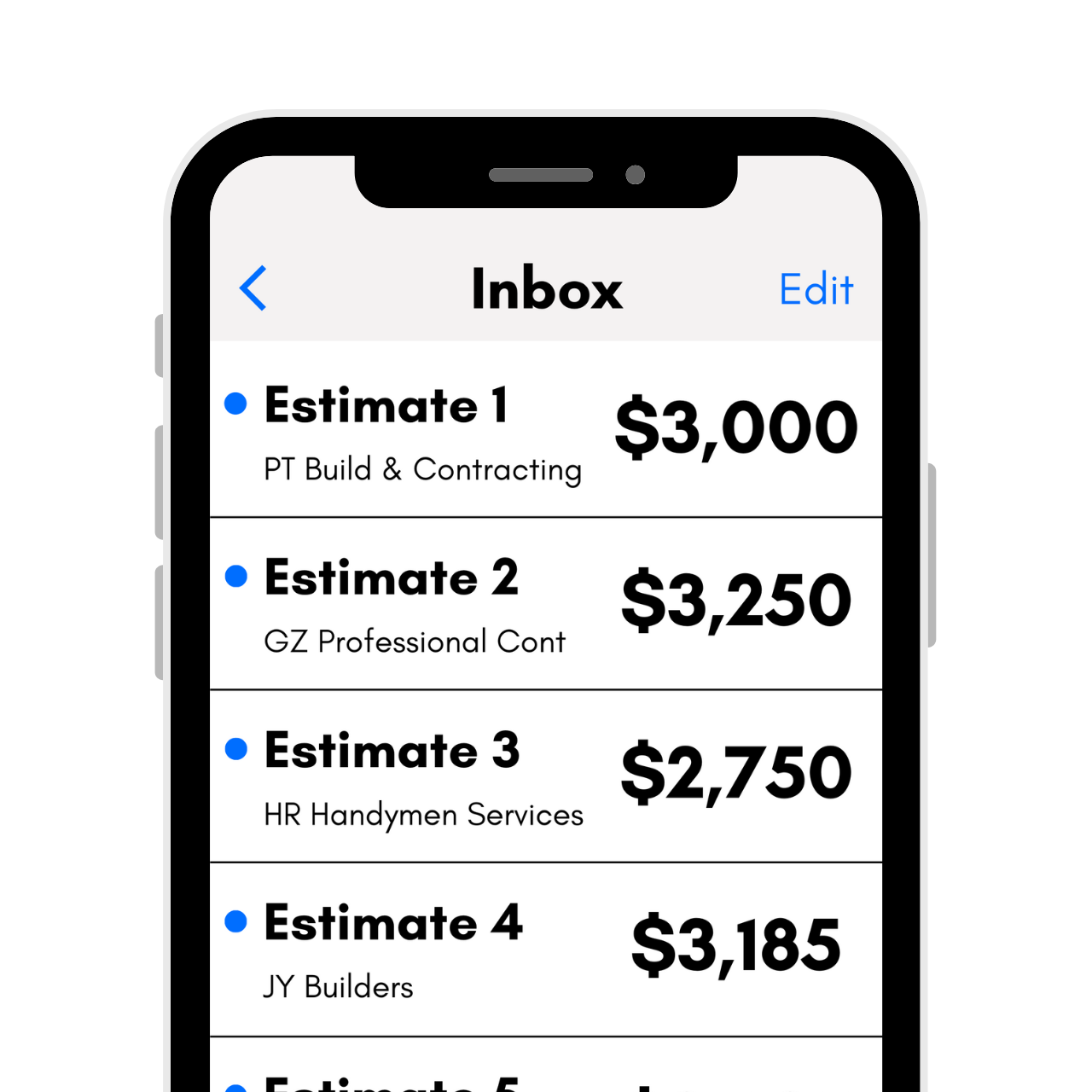Concrete Calculator
Calculate the concrete material needed to pour a slab, patio, footing, column, or post-fill-project in cubic yards or pre-mix bags, and estimate the cost of materials.
On this page:
- Concrete Calculator
- How to Calculate Concrete
- Steps to Calculate Cubic Yards of Concrete
- How Much is a Yard of Concrete?
- Concrete Cubic Yards Formulas
- How Many Bags of Concrete Do You Need?
- How to Calculate Concrete Costs
- Tips for Preparing for a Ready-Mix Concrete Pour
- Frequently Asked Questions
- References
How to Calculate Concrete
Concrete, which is a mix of water, aggregate, and cement, is most commonly sold by the cubic yard but is also available in pre-mixed bags.
Concrete is used for many construction purposes, including foundations, stem walls, patios, or driveways. It’s also used to fill CMU blocks or to create countertops.
It’s important to calculate the amount of material needed as accurately as possible. Concrete must be poured at the same time; if you don’t have enough concrete for the pour, the resulting installation can be weak or need to be redone.
We’ll cover the process for estimating concrete in detail below, but you can also use the calculator above to simplify the process.
Steps to Calculate Cubic Yards of Concrete
-
Measure the length, width, and height of the slab, footing, column, or other area you are pouring the concrete.
If the area is complex or multiple pours are needed, break the project into smaller pieces and calculate the concrete needed for each individually.
For instance, when measuring a slab that is not a simple rectangle, try breaking it into different sections and measure the yards needed for each section separately.
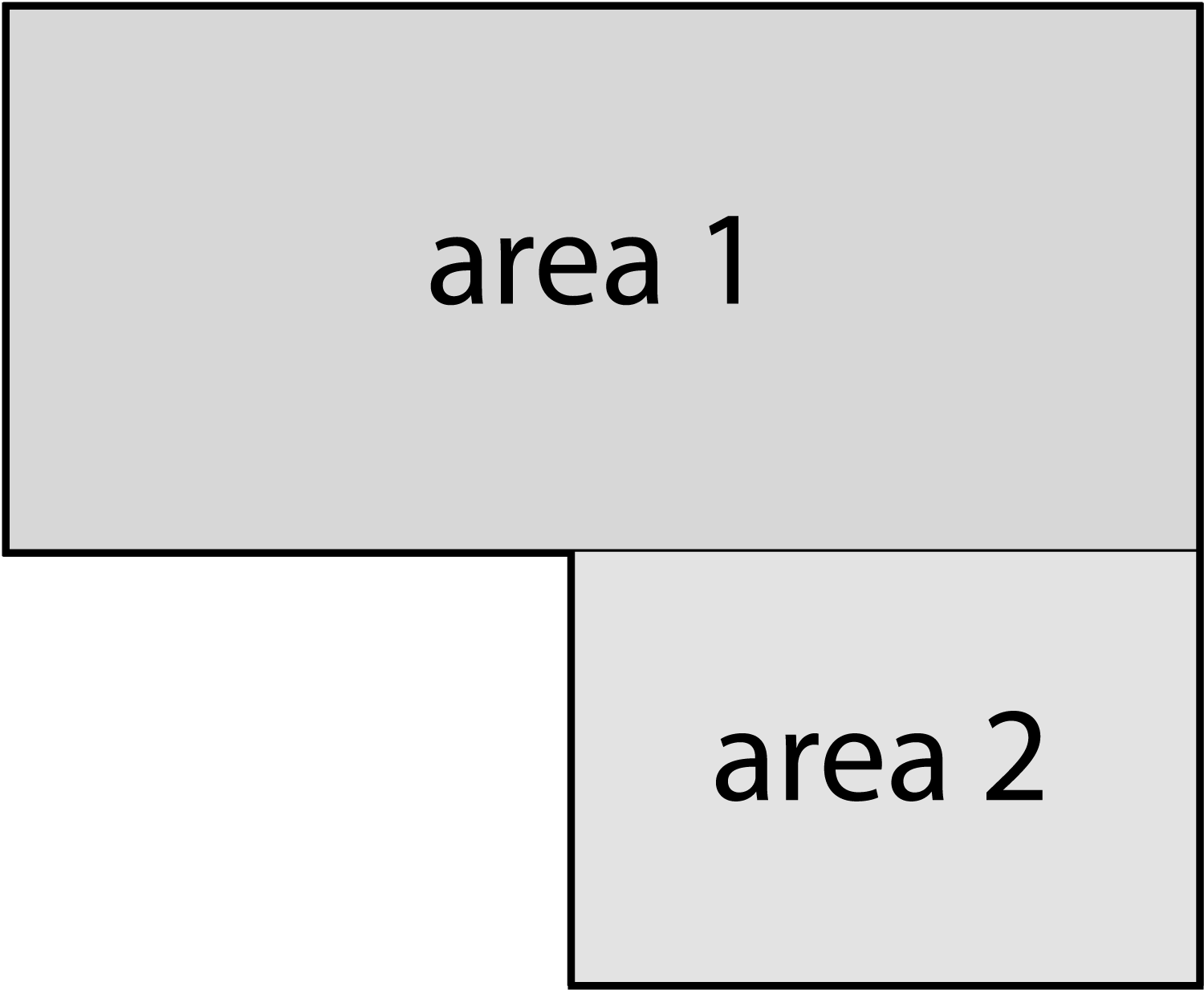
- Convert dimensions to feet if they aren’t already. Conversion calculators make it easy to convert inches, yards, or meters to feet.
- Multiply the width times the length times the height (W × L × H), or use our volume calculator to find the cubic feet.
- Convert the volume to cubic yards from cubic feet. To do so, divide the cubic footage by 27 to get the yards of concrete needed.[1]
- Round up to the nearest yard as most suppliers will likely not sell fractions of a yard. It is worth asking your supplier if they will sell a partial yard of material, but most do not.
-
Estimate how many pre-mixed bags are needed for smaller projects when it isn’t practical to order a truckload of concrete.
The table below shows the coverage of different sizes of pre-mix bags. On average, it will take 75 50-lb bags, 60 60-lb bags, or 45 80-lb bags to fill one cubic yard of concrete.
- Add 5%-10% additional material to account for settling, spillage, and waste.[2] This will ensure you can complete your project in a single pour without needing to order a short load, pay crew overtime, and risk a cold joint if you come up short.
How Much is a Yard of Concrete?
One cubic yard is equal to the volume of a cube with edges that are one yard (three feet) in length.
You might be wondering just how much concrete is in a cubic yard. A cubic yard is equal to 27 cubic feet or 46,656 cubic inches, or 45 80-lb bags.
Concrete Cubic Yards Formulas
Use the following formulas to calculate the concrete needed for various types of pours.
Square and Rectangular Areas
The volume of a rectangular space is equal to the length times the width times the height. For slabs, substitute the thickness for the height measurement.
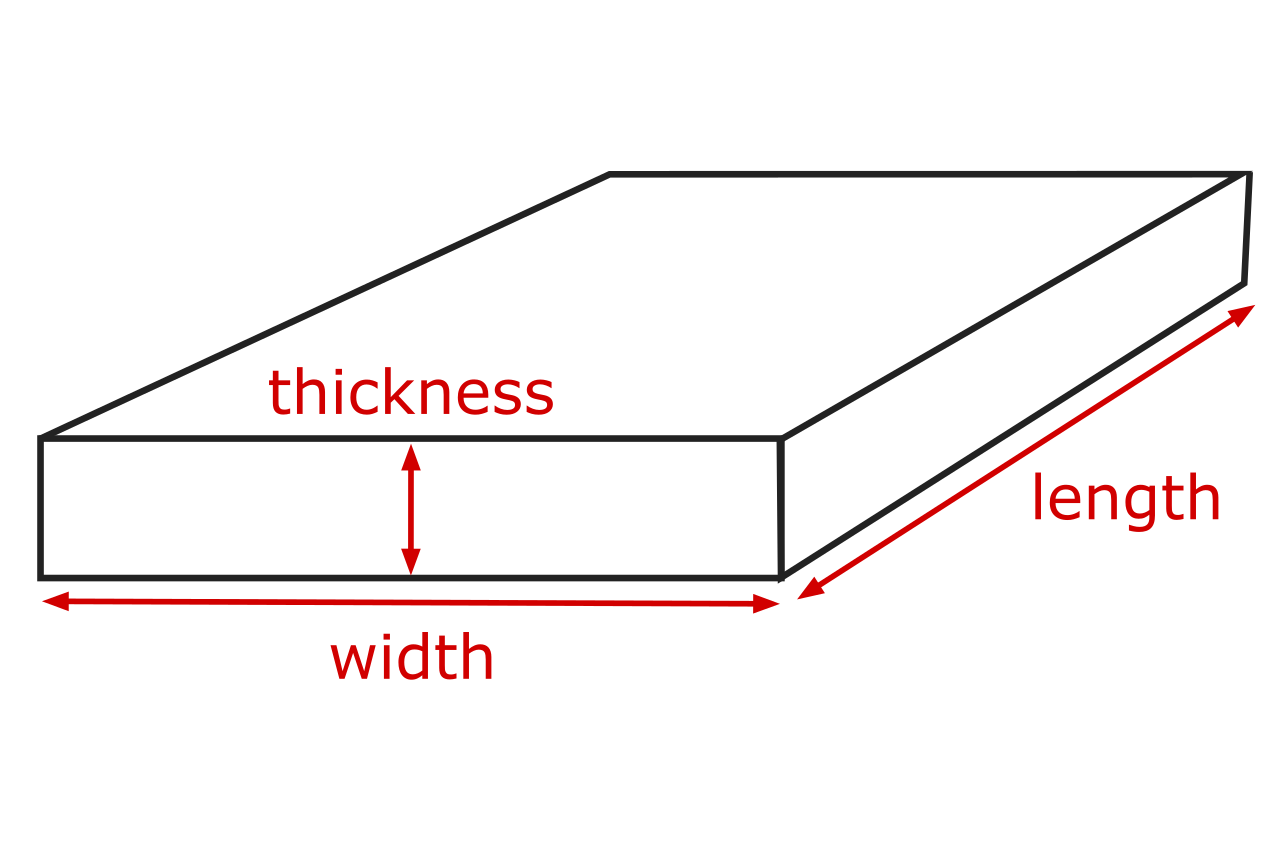
volume = width × length × height
yds3 = width ft × length ft × height ft / 27
Circular and Cylindrical Areas
The volume of a circular space is equal to pi times the radius squared times the height. The radius is equal to the diameter divided by two.
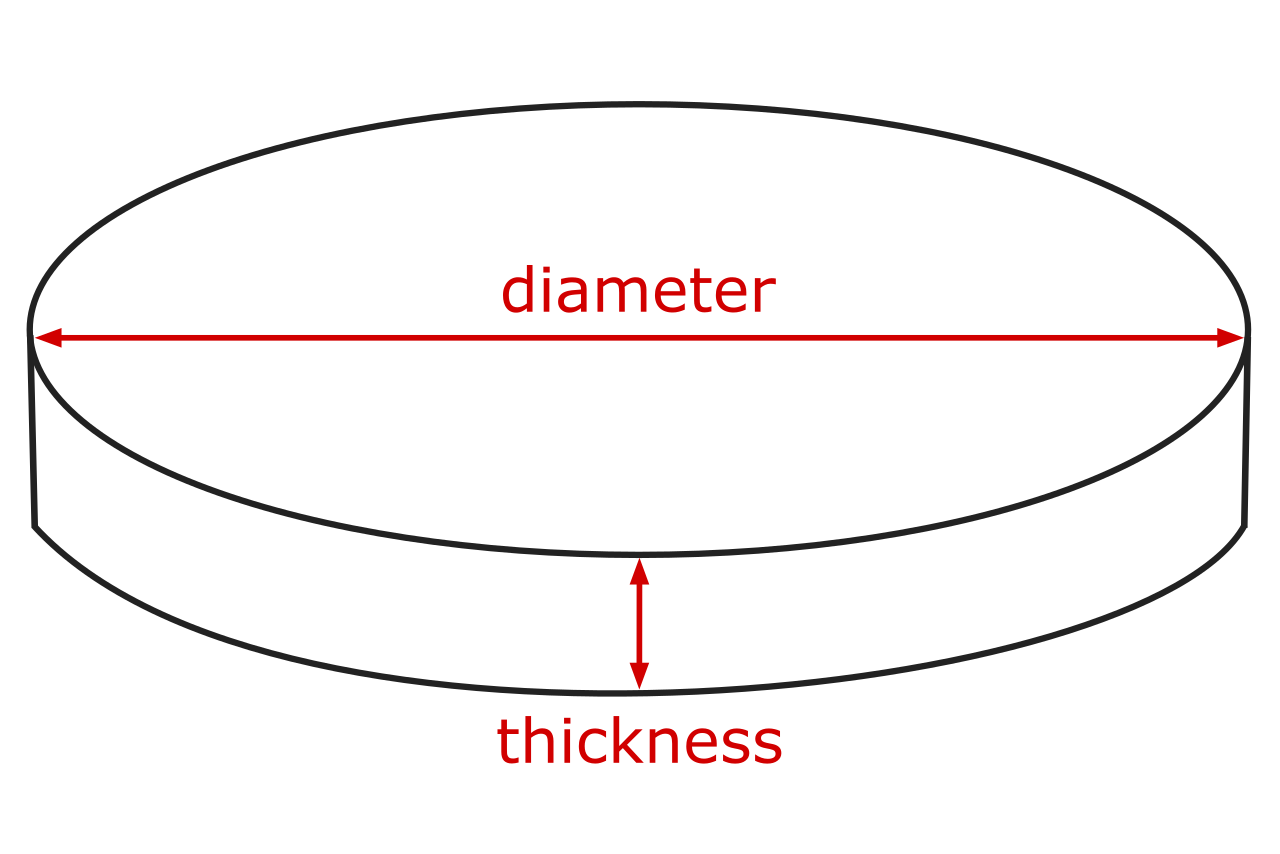
volume = π × radius2 × height
yds3 = π × radius ft × radius ft × height ft / 27
π = 3.14159265359
Steps
Stairs are generally poured as one complete unit. To find the volume, get the height of each step from the ground to the height of the step when looking at its side.
So the lowest step will have the shortest height, while the top step will have the tallest. Take the length and width of the top of each step, then multiply the height, width, and length of each step individually, then add them together to get the total volume for the unit.
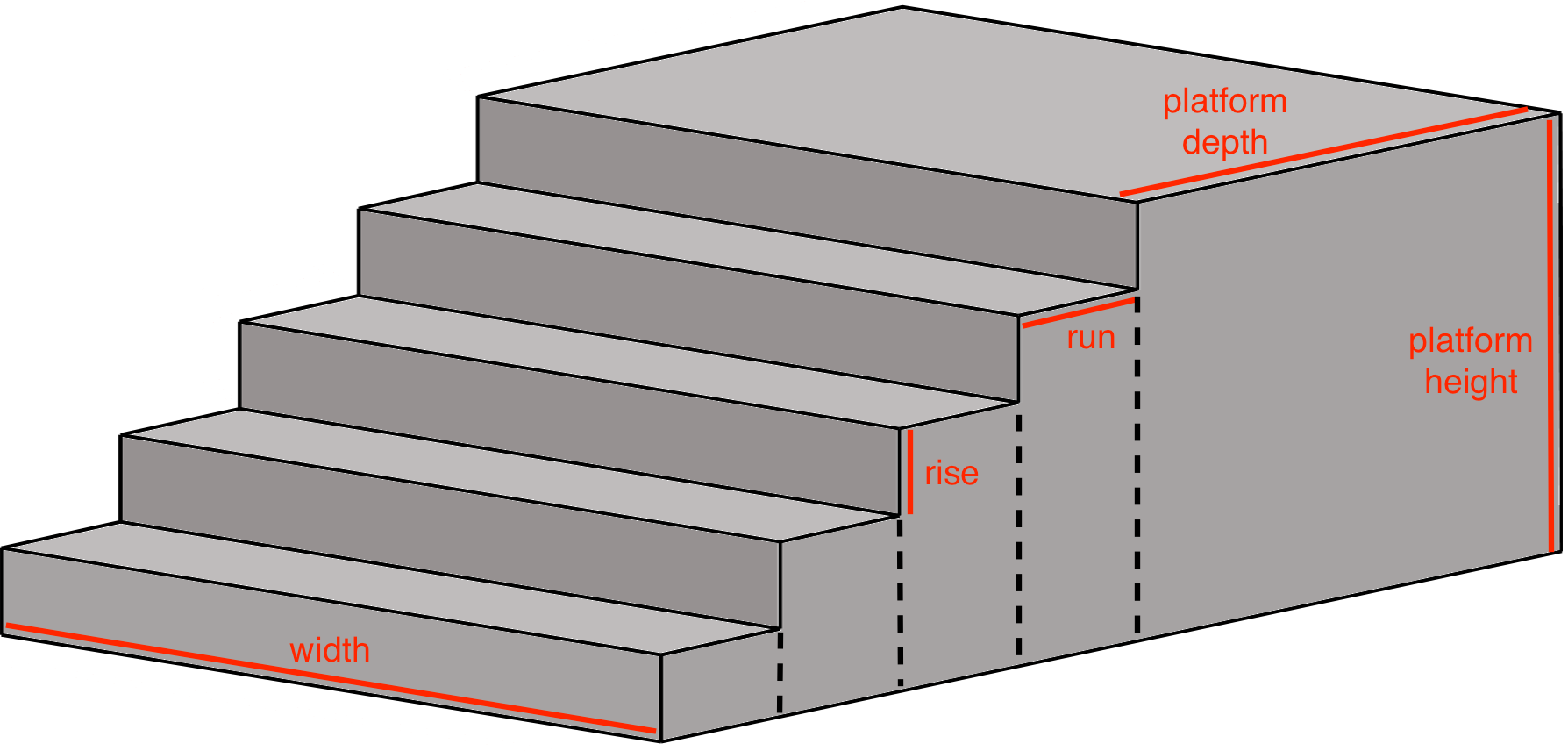
volume = width × length × height
yds3 = width ft × length ft × height ft / 27
For more complex shapes, check out our volume calculator.
How Many Bags of Concrete Do You Need?
So far, we’ve covered how to calculate yards, but if your project is small, you can use pre-mixed bags of concrete. Pre-mixed bags are sold by companies like Quikrete or Sakrete and come in 50-pound, 60-pound, or 80-pound sizes.
Using bags can be easier than ready-mix when you have many small pours or a small project where a truck is not practical or cost-effective. But keep in mind that mixing bags on-site can become difficult if you’re pouring a large slab or many footings.
For the most part, ready-mix concrete from a truck is more cost-effective than bags and makes sense if you have a mid-size project and can pour it all at once.
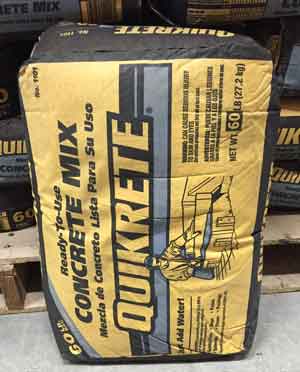
So, how many bags of concrete do you need?
Calculating bags is a little less straightforward since each bag size will fill different volumes. Use the calculator above to estimate how many bags you’ll need.
The table below shows the average fill in yards for various pre-mix bag sizes. Check the bag you’re using to find the exact fill-rate for the product.
| Bag Size | Pre-mix Bags Needed to Fill | |||
|---|---|---|---|---|
| 1/4 cu yd | 1/2 cu yd | 3/4 cu yd | 1 cu yd | |
| 50-lb bags | 19 | 38 | 56 | 75 |
| 60-lb bags | 15 | 30 | 45 | 60 |
| 80-lb bags | 12 | 23 | 34 | 45 |
How to Calculate Concrete Costs
The cost of a concrete project varies depending on the project’s size and scope, your geographic location, and the type of material used.
Concrete Cost per Yard
Ready-mix concrete typically starts around $125 per cubic yard but could cost upwards of $165 or more, depending on the mix and your location. Consider that there will likely be additional fees for ready-mix for smaller projects, such as delivery or short-load fees.[3]
Cost per Bag
Pre-mix bags usually range from $4 to $15, making them a cost-effective choice for small projects.
| ready-mix: | $125 – $165 per cu yd |
|---|---|
| pre-mix 50 lb bags: | $4 – $8 per bag |
| pre-mix 60 lb bags: | $4 – $14 per bag |
| pre-mix 80 lb bags: | $8 – $15 per bag |
The average cost to install a concrete slab is $6 – $20 per square foot. Besides the cost of concrete and materials, there are also labor costs for preparing the area, the pour, and finishing.
A standard brush or “broom” finish will likely be on the low end of the price range, while a decorative finish with coloring will be on the high end of the range. While stamped concrete begins with a slab pour, it is more labor-intensive to finish, so costs can be much higher.
Consider getting a professional concrete installation estimate from contractors in your area for a more accurate cost estimate.
Tips for Preparing for a Ready-Mix Concrete Pour
Much of the work to pour concrete is done before the truck even arrives at the project. You’ll need to measure and lay out the site and install forms to create the edges of a slab or contain a footing.
Plan a proper base using a gravel or stone calculator to estimate the right amount of base fill if needed.
Use rebar or fiber/steel mesh to reinforce the concrete and to prevent cracking in the future, particularly for load-bearing concrete forms. Use our rebar material and reinforcing mesh calculators to estimate the amount of reinforcement needed for your project.
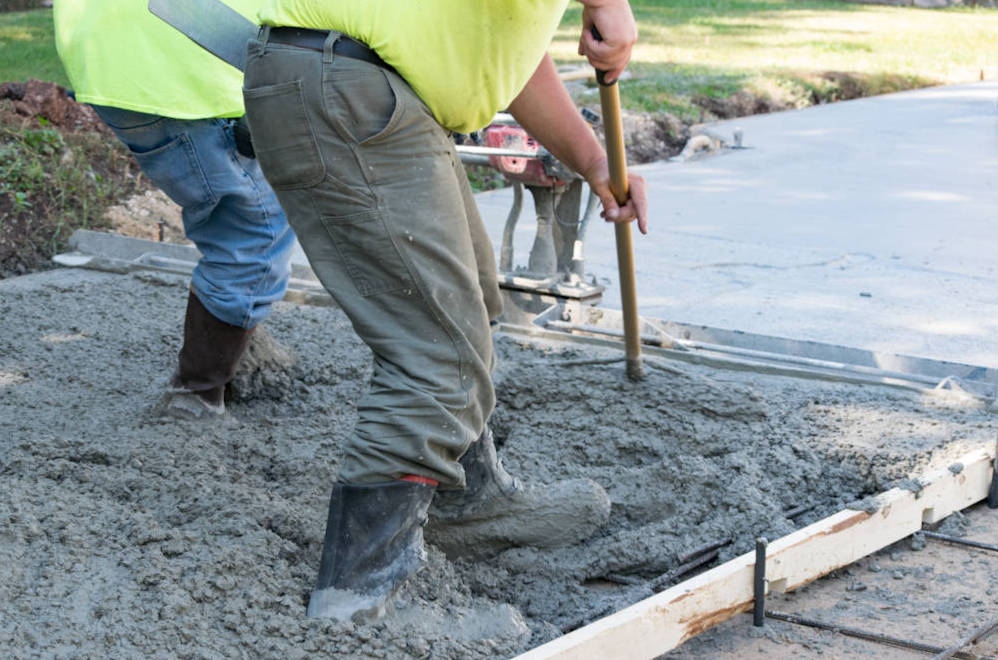
Ensure the installation team is ready for the installation and able to begin as soon as the truck arrives to avoid having it set up before the project can be completed and minimize idle time.
Frequently Asked Questions
How much does a yard of concrete cover?
The amount that a yard of concrete can cover will vary depending on the thickness of the pour. One yard can cover 27 square feet at 12 inches thick, 81 square feet at 4 inches thick, or 54 square feet at 6 inches thick.
How much concrete is in a truck?
An average load for a concrete truck is around 8 cubic yards. At a max capacity, most trucks can hold up to 10 cubic yards.
How many bags of concrete make a yard?
Bags of concrete are available in different sizes, which can impact how many bags will be needed to make a yard. To make one cubic yard, you would need 75 50-lb bags, 60 60-lb bags, or 45 90-lb bags.
What is the correct mix for concrete?
The ratios of sand, cement, and aggregate for concrete will vary depending on what you want to do with the concrete and what your location is. A general rule of thumb, however, is to mix 1 part cement to 2 parts sand and 4 parts aggregate.
How much does a yard of concrete weigh?
One cubic yard of concrete weighs 4,050 lbs. This works out to 150 lbs per cubic foot. You can calculate this more precisely using our concrete weight calculator.
Similar Masonry Calculators
References
- Family Handyman, How to Estimate a Concrete Order, https://www.familyhandyman.com/article/how-to-estimate-a-concrete-order/
- Juan Rodriguez, Ready Mix Concrete Ordering Tips, LiveAbout, https://www.liveabout.com/ready-mix-concrete-ordering-tips-844454
- On The House, Buying Concrete – 12 Tips to Determining Project Success, https://onthehouse.com/buying-concrete-12-tips-determing-project-success/





